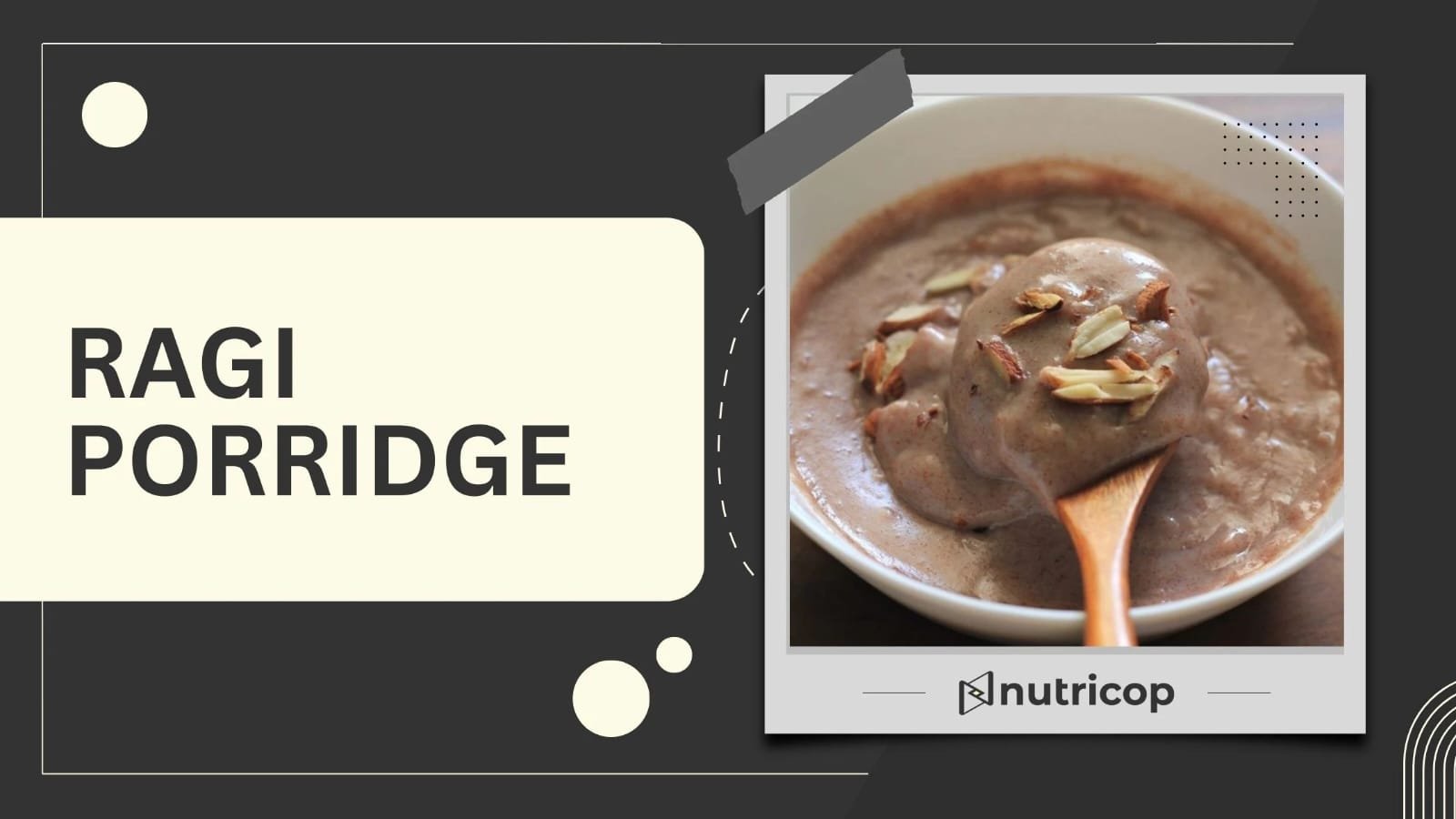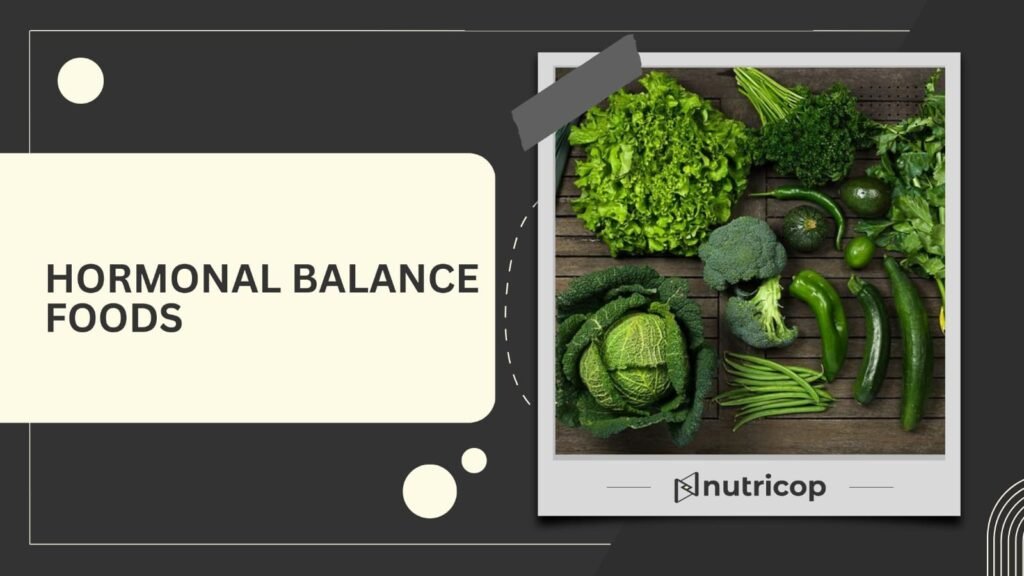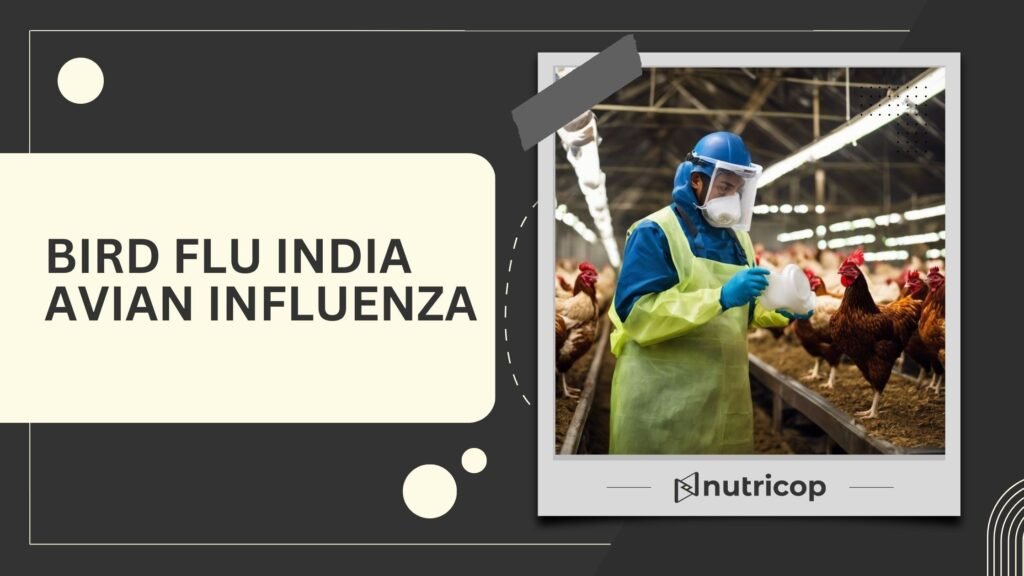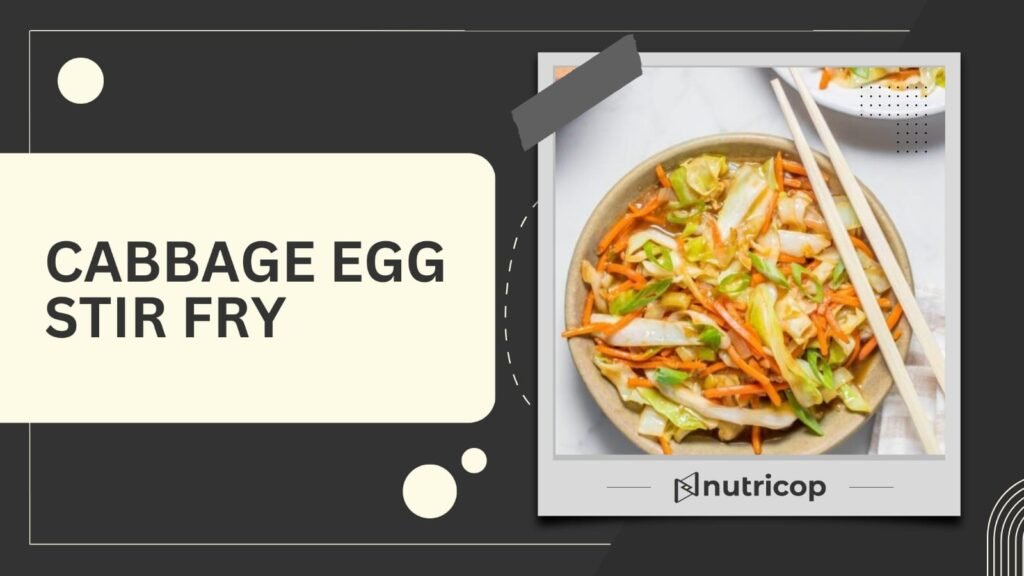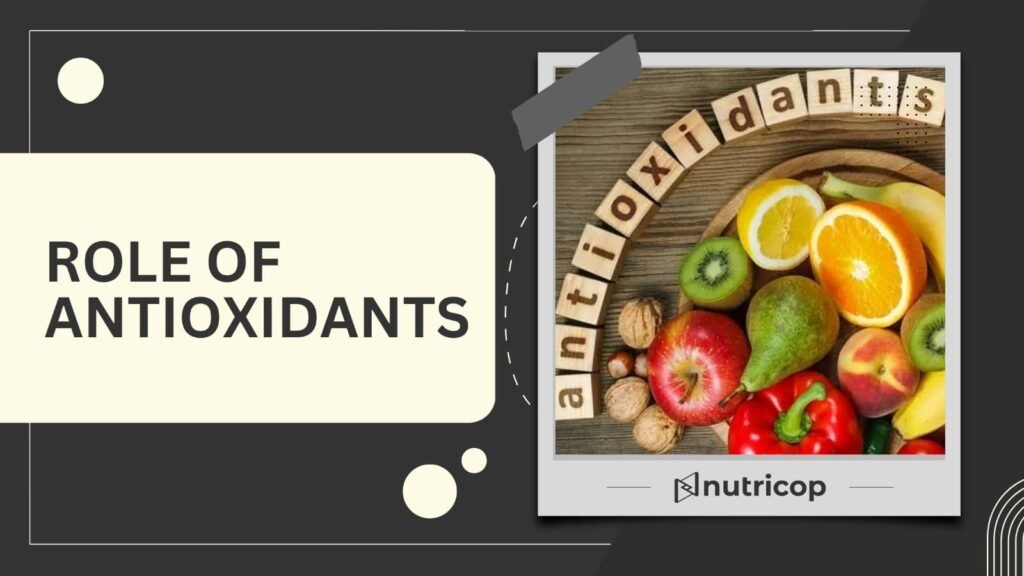Ragi Porridge Recipe: A Nutritious and Delicious Breakfast Option
Looking for a wholesome, filling, and nutritious breakfast that sets you up for a productive day? Look no further than ragi porridge! Packed with fiber, protein, and essential minerals, ragi porridge is a tasty and energizing meal to kick-start your morning.
What is Ragi?
Ragi, also known as finger millet, is a cereal grain that originates from India and is widely consumed across Asia and Africa. It has gained popularity in recent years due to its numerous health benefits and versatility. Rich in fiber, protein, and minerals like calcium, iron, and potassium, ragi is considered a superfood. It’s also high in antioxidants, which are beneficial in fighting oxidative stress and supporting overall health. This article discusses 13 health benefits of ragi, including its high protein and fiber content, its role in weight loss, and its potential to prevent skin damage Two Brothers Organic Farms
Not only does ragi provide essential nutrients, but it also comes with several health benefits, including aiding digestion, promoting healthy bones, and improving blood sugar regulation. It’s a perfect addition to your diet, especially for those looking for a nutrient-dense and naturally gluten-free option.
Ragi Porridge Recipe
Now that you know about the wonders of ragi, let’s dive into a simple and easy-to-follow ragi porridge recipe that you can whip up for breakfast in no time!
Ingredients:
- 1 cup ragi flour
- 2 cups water (you can substitute with milk for a creamier texture)
- 1/2 teaspoon salt
- 1 tablespoon ghee (clarified butter) or oil
- Optional: fruits, nuts, or spices for added flavor (e.g., cardamom, cinnamon, or jaggery)
Instructions:
-
Rinse and Soak the Ragi: Start by rinsing the ragi flour in water and soaking it for about 30 minutes. This will help soften the flour and ensure a smooth texture when cooking.
-
Blend the Ragi: After soaking, drain the water and blend the ragi flour with 2 cups of fresh water until smooth. This step ensures that there are no lumps in your porridge.
-
Cook the Mixture: Pour the blended ragi mixture into a pan and heat it over medium heat. Stir continuously to prevent lumps from forming.
-
Add Flavor: Once the porridge begins to thicken (after about 5-7 minutes), add salt, ghee or oil, and any optional flavorings like fruits, nuts, or spices. You can add a pinch of cinnamon, cardamom, or jaggery for extra sweetness.
-
Serve: Allow the porridge to cook until it reaches your desired consistency. If it becomes too thick, you can always add a little more water or milk to loosen it up. Serve hot and enjoy!
Nutritional Breakdown
Here’s a look at the nutritional content of a serving of ragi porridge made with the basic ingredients (without any added fruits, nuts, or spices):
- Calories: 250
- Protein: 5g
- Fat: 2g
- Saturated Fat: 0.5g
- Carbohydrates: 50g
- Fiber: 5g
- Sugar: 2g
- Sodium: 50mg
Ragi porridge is naturally gluten-free and packed with dietary fiber, which supports digestive health and keeps you feeling full for longer. The added fats from ghee or oil provide healthy fats for energy, while the optional toppings can enhance the nutritional value even further.
Health Benefits of Ragi Porridge
Ragi porridge is not only delicious but also comes with a wide range of health benefits. Here are some of the key advantages of incorporating ragi porridge into your daily routine:
1. High in Fiber:
Ragi is an excellent source of dietary fiber, which is crucial for maintaining healthy digestion. Fiber helps regulate bowel movements, prevent constipation, and supports the growth of beneficial gut bacteria. Additionally, fiber can assist in controlling blood sugar levels and lowering cholesterol.
2. Rich in Antioxidants:
Ragi contains powerful antioxidants such as polyphenols and flavonoids. These compounds help fight oxidative stress, protect your cells from damage, and support overall immune function. Regular consumption of ragi can promote healthier skin and reduce the risk of chronic diseases.
3. Good Source of Protein:
Ragi is rich in plant-based protein, making it an excellent food choice for vegetarians and vegans. Protein is essential for building and repairing muscle tissues, maintaining healthy skin, and supporting immune function.
4. May Help Lower Cholesterol:
The soluble fiber found in ragi porridge can help bind to bile acids in the digestive tract, which can reduce cholesterol levels. As a result, regular consumption of ragi can contribute to a healthier heart and lower your risk of cardiovascular diseases.
5. Supports Healthy Blood Sugar Levels:
Ragi has a low glycemic index, which means it is digested and absorbed more slowly, leading to a gradual rise in blood sugar levels. This makes ragi porridge a great choice for people with diabetes or those looking to maintain stable energy levels throughout the day.
Tips and Variations
To make your ragi porridge even more delightful, try the following tips and variations:
-
Add Fresh Fruits: Boost the nutritional content of your porridge by adding fruits like bananas, apples, or berries. These fruits will add natural sweetness and enhance the fiber content.
-
Incorporate Nuts and Seeds: Sprinkle some chopped almonds, cashews, or chia seeds for extra crunch and healthy fats.
-
Experiment with Spices: Add spices like cinnamon, cardamom, or ginger to give your porridge a warm and aromatic flavor. You can also sweeten your porridge with natural sweeteners like honey or jaggery.
-
Use Dairy or Plant-Based Milk: For a richer texture, substitute the water with milk (dairy or plant-based such as almond or coconut milk). This will make the porridge creamier and more filling.
Conclusion of Ragi Porridge Recipe
Ragi porridge is a simple, nutritious, and delicious breakfast option that provides numerous health benefits. Packed with fiber, antioxidants, protein, and minerals, this ancient Indian grain is an excellent way to fuel your body and start the day right. Whether you’re looking to boost your digestion, manage your cholesterol levels, or maintain stable blood sugar levels, ragi porridge is a wonderful choice.
So, the next time you’re craving a healthy breakfast, try ragi porridge. It’s easy to make, incredibly versatile, and most importantly, packed with nutrients that your body will thank you for.
FAQs about Ragi Porridge Recipe
Q: What is ragi flour?
A: Ragi flour is made from ragi (finger millet), a highly nutritious, gluten-free grain. It’s commonly used in various dishes like porridge, dosas, and rotis.
Q: How do I make ragi porridge?
A: To make ragi porridge, rinse and soak the ragi flour, blend it with water, and cook it on medium heat. Add salt, ghee, and optional flavorings like fruits, nuts, or spices.
Q: What are the health benefits of ragi porridge?
A: Ragi porridge is high in fiber, rich in antioxidants, and a good source of protein. It may help lower cholesterol, improve digestion, and support healthy blood sugar levels.
Stay tuned to Nutricop for expert nutrition guidance and personalized meal plans! Start your journey to a healthier, happier you today—get your custom meal plan now at Nutricop’s Diet Plans! Contact us.

